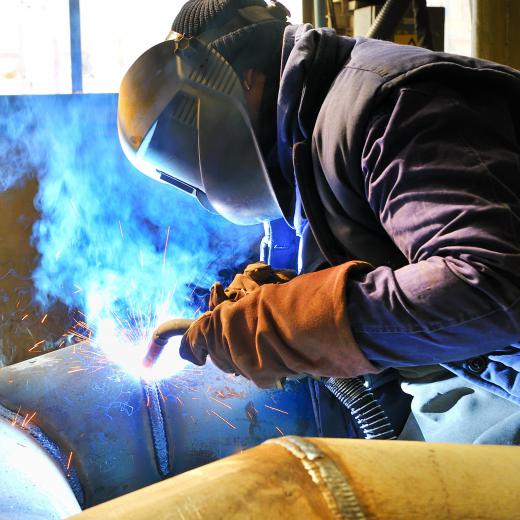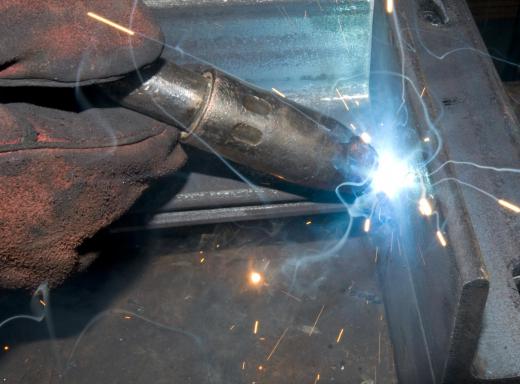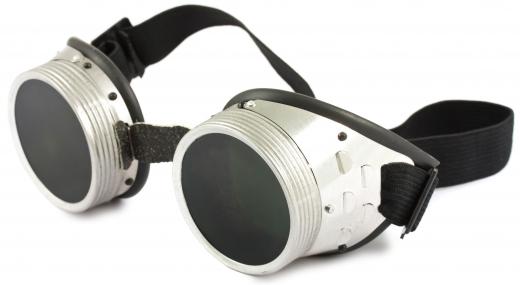A welding procedure specification (WPS) is an outline of the specific welding procedures and techniques that can be used with specific metals and metal alloys. Using the WPS sheet, a properly trained welder can replicate the same results every time. The specification is determined using a test weld that is recorded in the procedure qualification record (PQR). The use of these specifications is mandated by several major industrial organizations.
The welding procedure specification is a product of safety and production standards. It is used to outline what welding procedures can be used to create safe and durable welds with a given material. This outline ensures consumer safety and the uniformity of building and production codes. Prior to employment, welders are required to be tested on their understanding of the specifications of the metals and processes they will be working with, and this test is recorded in the welder qualification test record (WQTR).

A variety of information for a given metal type and the welding process that can be used with the metal is included in a welding procedure specification. In the most basic form, the specification sheet provides the procedure number and process type of the test weld, followed by the pertinent information needed to duplicate the test result. Also included in the description is other information, such as the thickness and type of metal being welded, the welding procedures and process types used for the test welds, the fuel types or electrical current used in the welding process, the use or lack of preheating, the applicable welding codes and other variables. In cases when the weld is critical to the structure, more detailed specifications — such as the assembly order of the joint, required heat treatments and arc energy limits — are provided to ensure the creation of a solid weld.

In addition to the basic information regarding the welding processes and the metals used, the welding procedure specification should also include sketches of the weld and the joint set-up process prior to welding. The production sequence might also be included if it is integral to how the weld is made. By following all of this information, any competent welder should be able to achieve the same effects as the test welder.

The WPS records the best welding practice for a given metal or alloy, but it does not cover nondestructive testing. Separate nondestructive testing processes are required. This nondestructive testing procedure is also recorded, but it generally is not included in the welding procedure specification.
